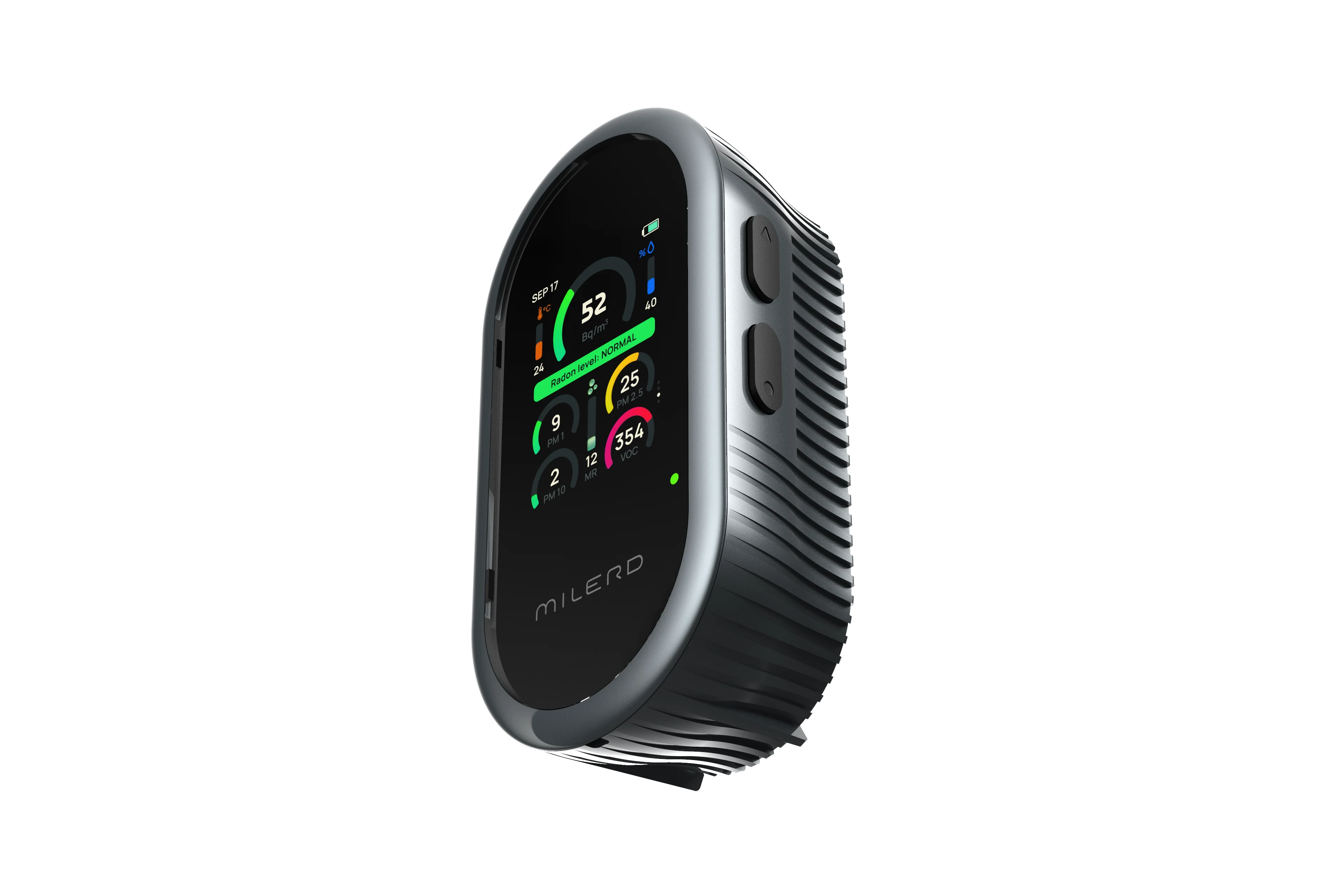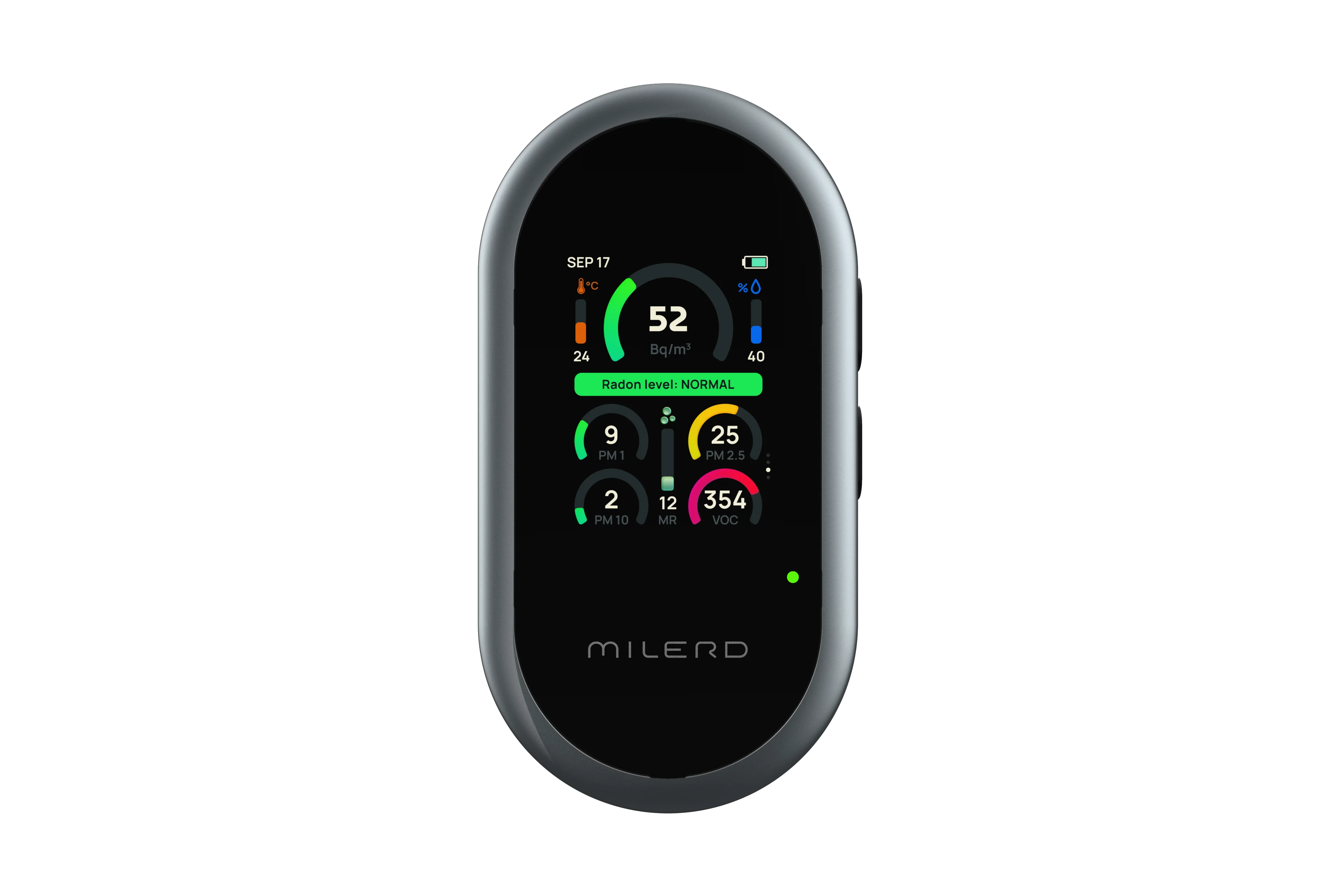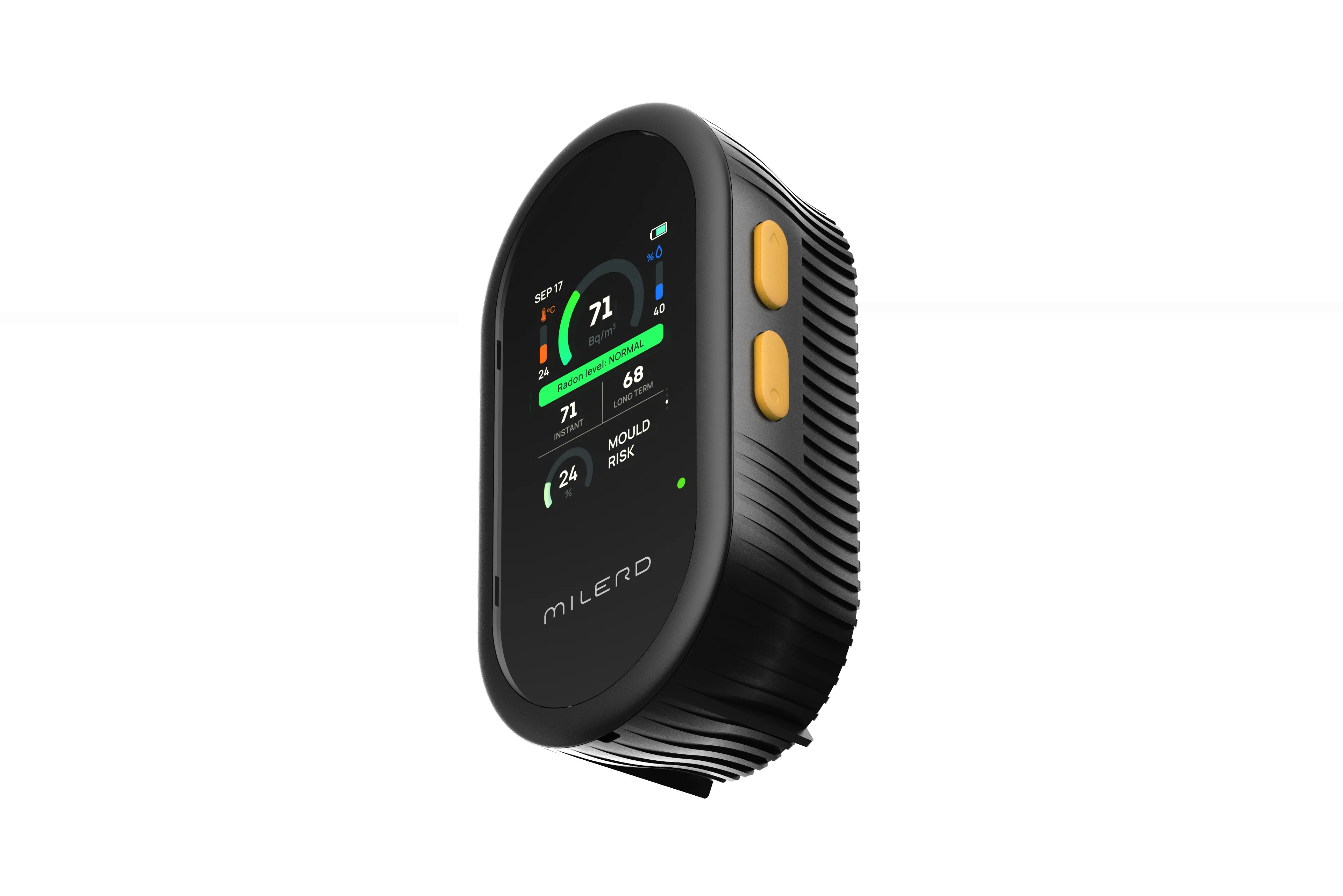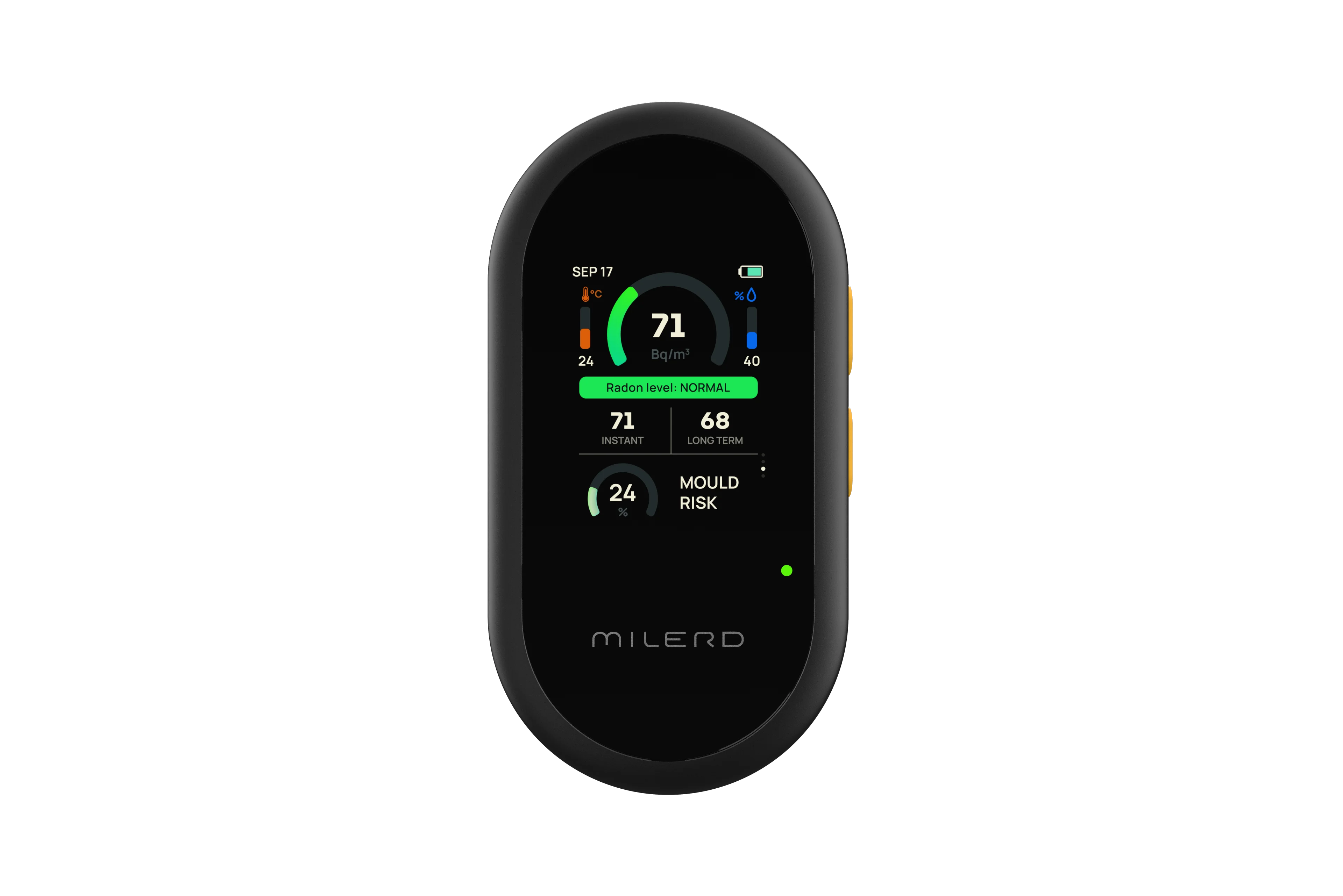Analizadores de calidad del aire
Es necesario mejorar la vigilancia y el control de la propiedad del aire para forjar un mañana mejor, ya que la contaminación atmosférica tiene grandes efectos negativos para la salud, el medio ambiente y la economía.
En un mundo en el que las amenazas que el detector de contaminantes en el aire reconoce son cada vez más graves, el sensor de monitoreo de la calidad del aire interior desempeña un papel clave en la protección del medio ambiente y la salud pública. Los modernos comprobadores domésticos de la calidad del aire han introducido nuevas fronteras en la medición y gestión de la contaminación, aportándonos ideas originales sobre la composición del aire, detectando sustancias nocivas y mejorando la vida en zonas urbanas e industriales. Y ahora podemos sumergirnos en el mundo de las nuevas tecnologías destinadas a hacer que nuestro aliento sea más limpio y nuestra vida más sana.
Avances en la tecnología de los analizadores de aire
Los avances en el análisis del aire nos han permitido controlar y reducir la contaminación atmosférica, protegiendo así la salud humana y el medio ambiente. Con cada nueva innovación, estos controladores de la calidad del aire son cada vez más precisos, adaptables y rentables, y nos proporcionan un conocimiento inigualable de lo que hay en la atmósfera que inhalamos.
- Miniaturización y portabilidad. Los instrumentos tradicionales, masivos y fijos, están dando paso a sistemas compactos de control de la calidad del aire. Dispositivos portátiles como estos permiten a investigadores, reguladores e incluso ciudadanos de a pie detectar focos de contaminación, medir los niveles de contaminación y tomar decisiones informadas sobre la marcha.
- Integración con redes de sensores y tecnología IoT. La tecnología del Internet de las Cosas y las redes de sensores inteligentes han convertido el control aéreo en un sistema dinámico e interconectado. Mediante el despliegue de redes de sensores inteligentes en zonas urbanas, es posible analizar grandes volúmenes de datos a la vez y crear mapas detallados que muestren las tendencias de la propiedad del aire.
- Mejora de los sensores. El nuevo detector de contaminantes en el aire puede detectar con su detector de partículas finas numerosos contaminantes tales como compuestos orgánicos volátiles (COV), óxidos de nitrógeno (NOx), dióxido de azufre (SO2) y ozono (O3) a niveles antes imposibles. Al ser más sensibles, identifican con rapidez nuevos contaminantes y los diferencian de otras fuentes, lo que acelera los esfuerzos por aplicar estrategias específicas de reducción de emisiones.
- Aplicación de la inteligencia artificial y el aprendizaje automático. La inteligencia artificial y los algoritmos de aprendizaje automático pueden identificar patrones complejos, predecir tendencias de contaminación e incluso predecir las condiciones del aire con gran precisión. Estas capacidades garantizan la adopción de medidas proactivas para evitar el deterioro de la calidad del aire y proteger la salud pública.
El desarrollo continuo de la tecnología de analizadores de aire promete resolver eficazmente el problema global del aire. Al aprovechar la miniaturización, la conectividad, la innovación de los sensores y la inteligencia artificial, estos sistemas avanzados no solo revolucionan la forma en que controlamos la propiedad del aire, sino que también nos permiten crear entornos más limpios y saludables para las generaciones futuras.
Evolución de los analizadores de aire
Cada paso en la evolución de los sistemas de aire conduce a una supervisión más precisa, cómoda y completa de la propiedad del aire. Así es como destacan los sistemas de aire modernos como el Milerd Aero Q8:
- Multifuncionalidad. El indicador de calidad del aire Aero Q8 ofrece una amplia gama de funciones, incluida la medición de concentraciones de radón, niveles de humedad, temperatura, riesgo de moho, así como concentraciones nocivas. El detector de partículas respirables al mismo tiempo cumple como función de sensor de niveles de PM 1, PM 2,5, PM 10 y funciona como detector VOC en interiores.
- Facilidad de uso. Cuando se detecta una concentración peligrosa de radón, el sistema activa automáticamente avisos de texto, luminosos y sonoros. Además, proporciona estadísticas durante todo el año y puede funcionar tanto con la batería recargable incorporada como con la red eléctrica.
- Diseño compacto. El tamaño compacto y el elegante diseño del Aero Q8 lo hacen cómodo y discreto en cualquier interior. El orificio de montaje de la parte posterior permite montarlo en la pared, ahorrando espacio.
Estas características hacen que los analizadores de aire modernos, como el Milerd Aero Q8, sean una ayuda potente, cómoda y fiable para analizar la calidad del aire en su hogar y oficinas, garantizando que esté limpio y sea seguro.
Descubra la potencia de los analizadores de aire
Durante la evolución de los dispositivos para medir la calidad del aire, observamos un desarrollo constante en funcionalidad, precisión y facilidad de uso. Veamos esta evolución de forma estructurada:
- Modelos iniciales. Los primeros monitores de calidad del aire eran voluminosos y difíciles de usar. Normalmente ofrecían funciones básicas, como medir los niveles de contaminantes individuales.
- Mejora de la precisión y la sensibilidad. La tecnología ha mejorado la precisión y la sensibilidad, por lo que estos aparatos pueden detectar partículas nocivas de un mayor número de sustancias químicas, además de gases tóxicos.
- Portátiles y de pequeño tamaño. Hoy en día, los dispositivos modernos para el aire son compactos y móviles para su uso en laboratorio o in situ en tiempo real.
- Aquí es donde entran en juego las redes de sensores y el Internet de las cosas. El desarrollo del Internet de las Cosas (IoT) ha hecho que los sistemas de aire se integren en redes de sensores inteligentes que permiten una cobertura de control más amplia, así como la transferencia de datos en tiempo real.
- Aquí es donde entra en juego la inteligencia artificial. Las medidas de aire modernas incorporan más componentes de este tipo basados en algoritmos de IA que analizan los datos, lo que puede ayudar a prever las tendencias de las emisiones y tomar medidas para prevenirlas. Estos avances nos permiten medir mejor y mejorar la calidad del aire, un aspecto clave para garantizar la salud y el bienestar de las comunidades.
La evolución del mejor monitor de la calidad del aire interior ha demostrado avances significativos en el campo de la medición y el control de nuestro entorno. Se han demandado aparatos precisos, sensibles y más baratos, desde los primeros modelos pesados hasta los actuales, inteligentes y pequeños.
La necesidad de seguir inventando instrumentos de medición del aire es importante por lo que respecta a la seguridad del medio ambiente y la salud de las personas. Por consiguiente, los monitores de aire seguirán desarrollándose, ofreciendo así la oportunidad de tratar mejor los problemas del aire y crear ecosistemas más sanos y sostenibles para todos.




